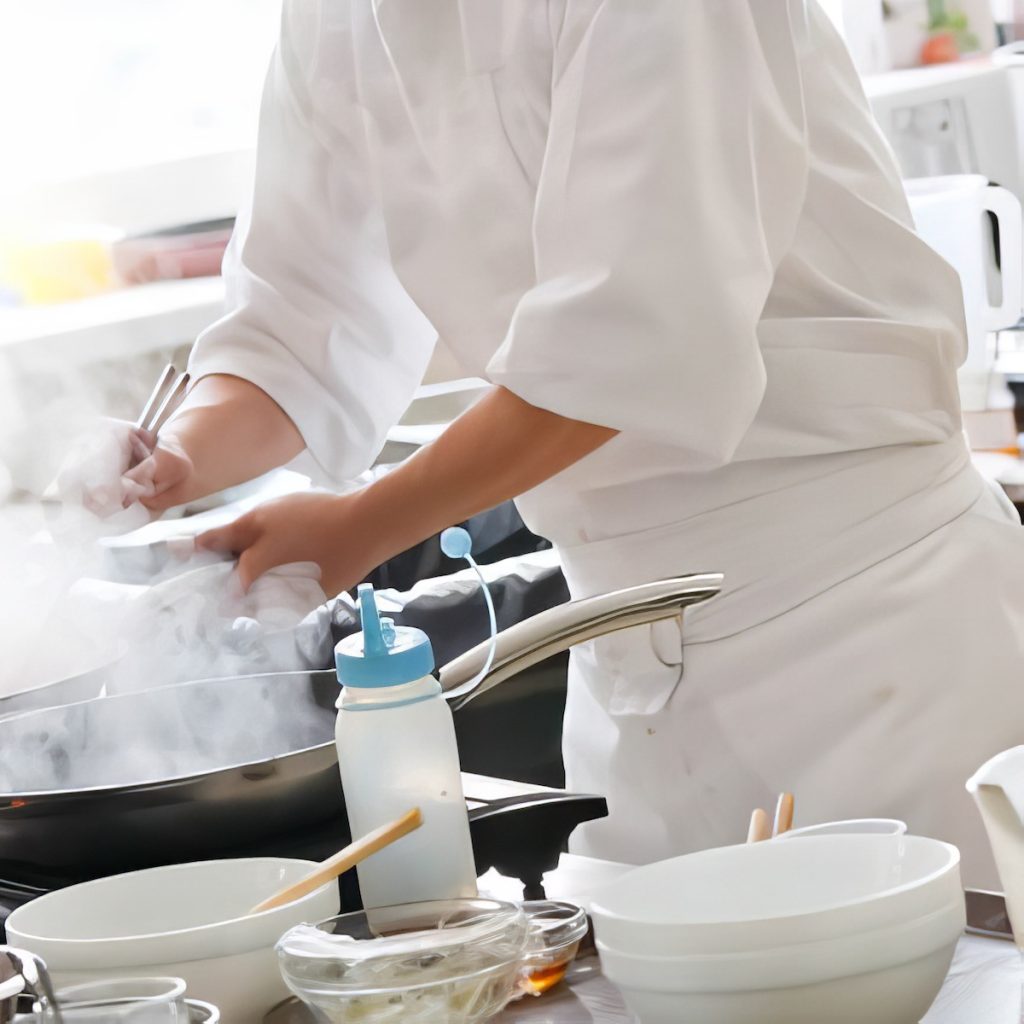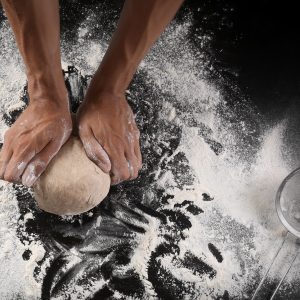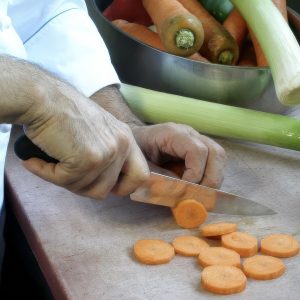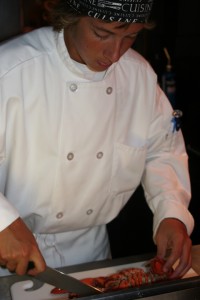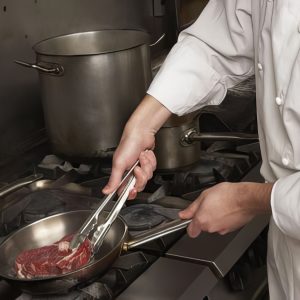What Does It Take Physically To Become a Professional Chef?
The life of a professional cook is often glamorized on TV and in media. Still, behind the scenes, it’s a demanding job that requires culinary skills and significant physical stamina. When a cook steps into the kitchen, they are on their feet for long hours, moving swiftly between stations, lifting heavy pots and pans, and working in often hot, noisy, and crowded environments.
The physical requirements of the job extend beyond just the ability to cook; they include the strength to handle large quantities of food, the dexterity to perform precise tasks repeatedly, and the endurance to keep up with the fast-paced demands of a busy kitchen.
In addition, professional cooks must be able to handle the repetitive motions involved in chopping, stirring, and plating, all while maintaining focus and consistency. Good posture and proper lifting techniques are essential to avoid injury, as is the ability to stay calm under pressure.
Understanding these physical demands is crucial for anyone considering a career in the culinary arts. It’s not just about creating beautiful dishes but also about having the resilience to meet the physical challenges of the job every day.
How Is It Hard On Your Body?
Working in a kitchen can be hard on your body for several reasons:
- Long Hours on Your Feet: Cooks spend most of their shifts standing, often on hard surfaces, leading to foot, knee, and back pain.
- Repetitive Motions: Chopping, stirring, and other repetitive tasks can strain muscles and joints, potentially leading to repetitive stress injuries like carpal tunnel syndrome.
- Heavy Lifting: Lifting large pots, pans, and boxes of ingredients requires physical strength and can strain the back and shoulders if not done correctly.
- Hot and Humid Environment: Working near ovens, stoves, and fryers exposes cooks to high heat and humidity, which can be physically exhausting and lead to dehydration.
- Risk of Burns and Cuts: Handling hot pots, pans, and sharp knives increases the risk of burns and cuts, which can be both painful and hazardous.
- Fast-Paced Environment: The need to work quickly during busy service periods can lead to accidents and increased physical stress.
- Limited Breaks: The fast pace of kitchen work often means limited opportunities to rest, leading to fatigue and increased risk of injury.
- Poor Ergonomics: Kitchen layouts can force cooks into awkward positions, causing strain on the body.
Being Strong Helps, But
While raw strength isn’t the only requirement for being a professional cook, a particular physical strength is beneficial and often necessary. Here’s why:
- Lifting and Carrying: Cooks regularly handle heavy pots, pans, and containers of ingredients. Lifting and carrying these items safely and efficiently requires physical strength.
- Endurance: Cooking in a professional kitchen is physically demanding, often involving long hours of standing, moving, and performing repetitive tasks. Physical endurance is crucial to maintain energy and focus throughout a shift.
- Handling Equipment: Many kitchen tools and appliances require strength, whether mixing large batches of dough, maneuvering large knives, or lifting trays in and out of ovens.
- Safety: Strength is vital for maintaining good posture and proper lifting techniques to avoid injuries, such as back strains or muscle pulls.
- Efficiency: A certain level of strength allows cooks to work more quickly and efficiently, which is essential in a fast-paced kitchen environment.
While being strong isn’t the only factor in being a successful cook, it certainly helps with the job’s physical demands, contributing to safety and efficiency.

